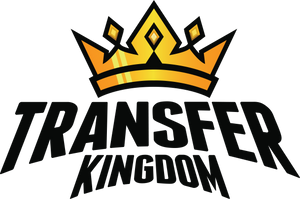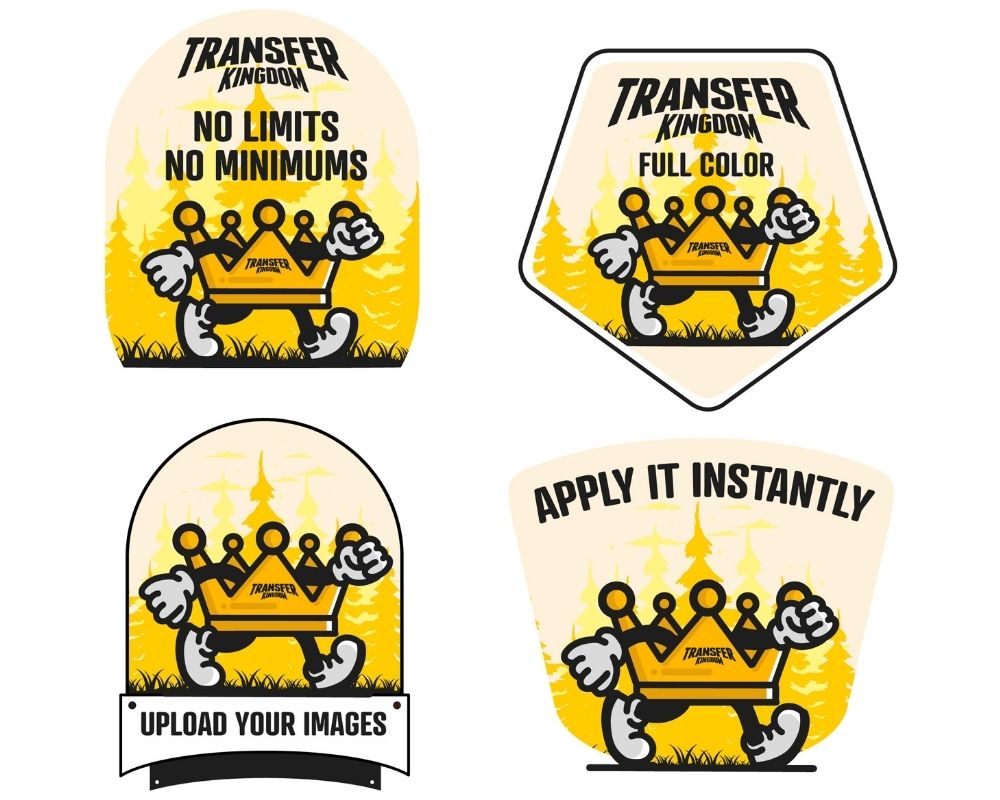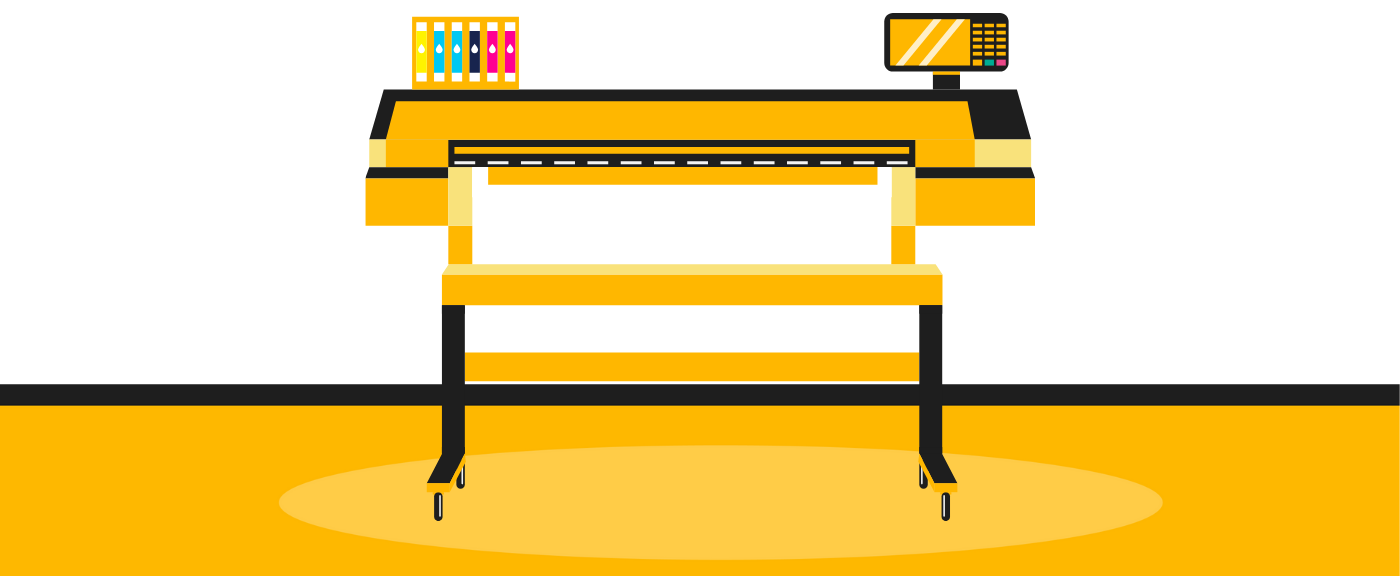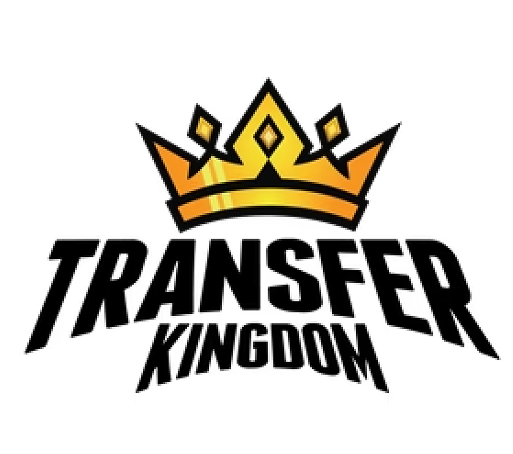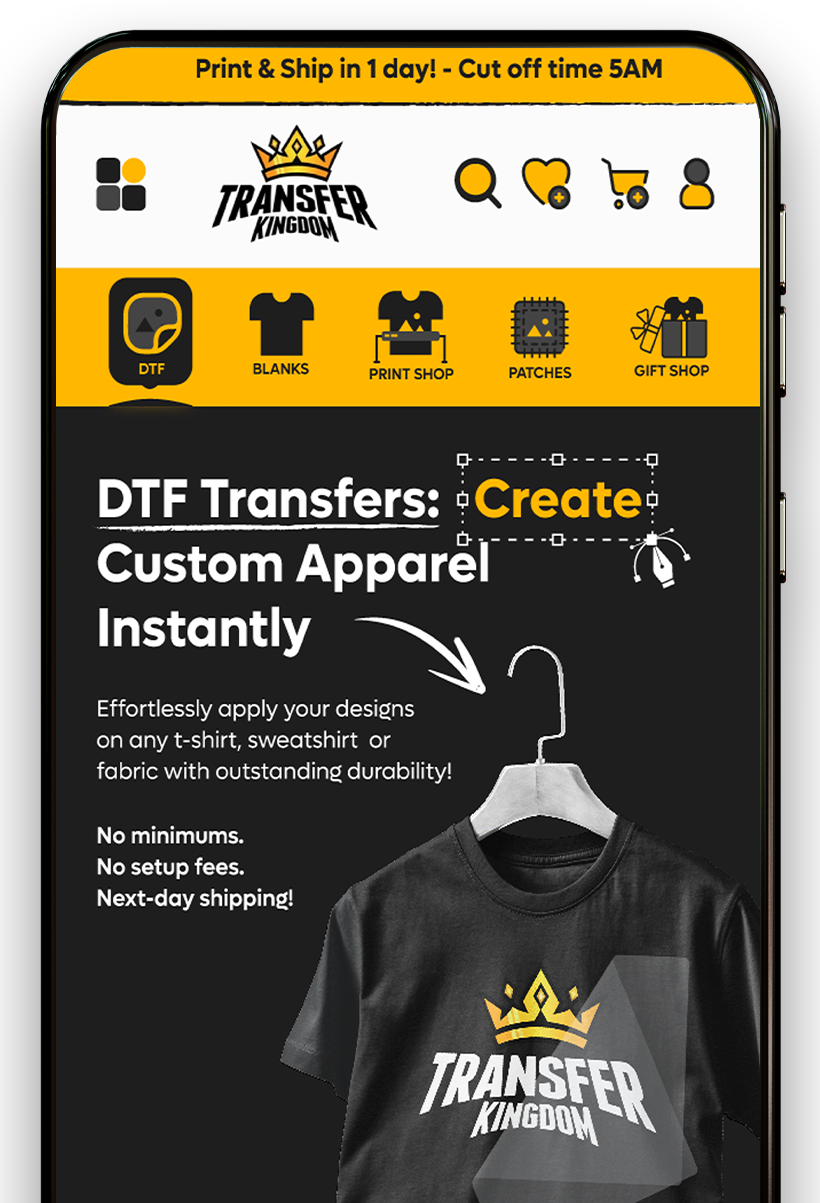White Label vs Private Label: What’s Best for Your Apparel Brand?

The Core Difference
White Label Apparel: Generic products made by a manufacturer that multiple brands can sell under their own name.
Private Label Apparel: Products made by a manufacturer exclusively for your brand, often with custom designs, tags, or packaging.
👉 In short: White label = easier, cheaper. Private label = more control, premium branding.
What is White Label Apparel?
White label means you buy ready-made blank products, add your design, and sell them as your own.
Pros of White Label Apparel:
Low startup cost.
Fast turnaround (just apply DTF Transfers).
No need for large minimum orders.
Great for testing designs.
Cons of White Label Apparel:
Limited product differentiation.
Competing with many sellers using the same base items.
Harder to build a premium brand identity.
📌 Quick Recap: White label = fastest and cheapest way to start.

What is Private Label Apparel?
Private label means working with manufacturers to produce exclusive apparel with your brand’s details.
Pros of Private Label Apparel:
Unique products no one else sells.
Full control over fabric, fit, and design.
Stronger brand identity (custom labels, packaging, embroidery).
Higher profit margins.
Cons of Private Label Apparel:
Higher startup cost.
Requires larger orders.
Longer production timelines.
More complex supply chain.
📌 Quick Recap: Private label = higher investment, higher brand value.

White Label vs Private Label: Side-by-Side Comparison
| Feature | White Label Apparel | Private Label Apparel |
|---|---|---|
| Startup Cost | Low ($200–500) | High ($1,000–5,000+) |
| Speed to Market | Fast (days/weeks) | Slower (weeks/months) |
| Product Control | Low | High |
| Branding Potential | Limited | Strong (tags, labels, packaging) |
| Competition | High (same blanks across brands) | Lower (exclusive to you) |
| Profit Margins | Moderate | Higher |
| Best For | Beginners, small batch sellers | Established brands, scaling |
Which Model is Best for Apparel Brands?
-
Go White Label if…
You’re starting small.
You want to test designs quickly.
You need low startup costs and flexibility.
Using Blank Apparel + Custom DTF Transfers fits your model.
-
Go Private Label if…
You want full creative control.
You’re ready to scale and invest more upfront.
You want to build a long-term brand identity.
Adding specialty prints like Glitter Transfers or UV Stickers aligns with your premium positioning.
Case Study: Two Paths to Success
Brand A (White Label): A college student launched a small Etsy shop using Premade Gang Sheets and blank tees. Startup cost was under $300. They sold seasonal drops (Halloween, Christmas) and quickly built a side income.
Brand B (Private Label): A Houston-based designer partnered with a factory to produce custom-fit hoodies with embroidered labels. Higher cost upfront, but they positioned as a premium streetwear brand. Within 12 months, they secured wholesale deals and expanded nationwide.
📌 Lesson: Both white label and private label can work—the right choice depends on your resources and long-term vision.
Pro Tips for Apparel Sellers
Start white label to test the market.
Switch to private label once you have consistent demand.
Use Gang Sheet Builder to cut costs and scale production.
Focus on customer feedback to guide your product evolution.
Keep quality consistent—bad reviews ruin both models.
Conclusion
When it comes to white label vs private label apparel, the best choice depends on your goals. White label is perfect for beginners who want to launch quickly and cheaply, while private label is ideal for brands ready to invest in exclusive designs and long-term growth.
With DTF Transfers Ready-to-Press and Blank Apparel, you can start affordably with white label. As your brand grows, you can upgrade to private label for stronger differentiation and premium margins.
👉 Start lean, test fast, and then scale into the apparel brand you envision.
What is the main difference between white label and private label?
White label = generic products resold. Private label = exclusive products for your brand.
Is white label cheaper to start?
Yes, much lower startup cost.
Do private label products have higher profit margins?
Yes, but require larger investments.
Which model is better for beginners?
White label, since it’s faster and cheaper to test.
Can I switch from white label to private label later?
Yes—many brands evolve this way.
Which model builds stronger branding?
Private label, because it allows full customization.
Do I need to order in bulk for private label?
Yes, minimums are usually required.
Can I use DTF transfers for both models?
Absolutely—DTF works with blanks and private label products.
Which model is faster to launch?
White label, often within days.
Where can I order blanks or transfers?
At Transfer Kingdom: Blank Apparel and DTF Transfers.
